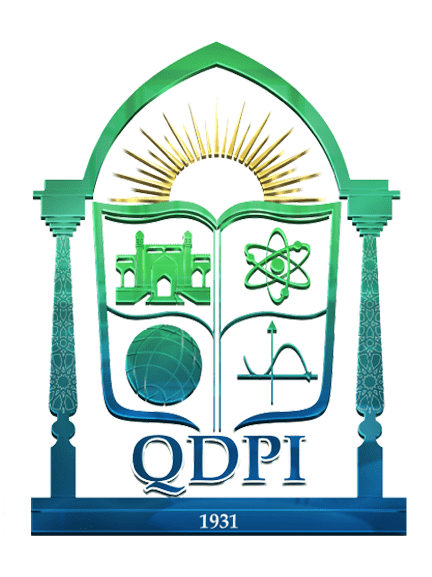“CULTURALLY MARKED STYLISTIC DEVICES IN ENGLISH AND UZBEK LITERARY TEXTS”
Referat
This article examines stylistic devices in Uzbek and English literary texts, with a focus on culturally significant expressions that reflect the linguistic and cultural uniqueness of each language. Through a comparative analysis of examples from Abdulla Qahhor’s stories in Uzbek literature and selected English work, the study demonstrates how culture-specific imagery, metaphors, similes, and allusions are deeply embedded in their respective cultural contexts. These examples illustrate how culturally marked stylistic devices not only enrich literary expression but also preserve cultural identity and heritage.
Kalit so'zlar:
Mualliflar haqida
Adabiyotlar ro'yxati
Abdulla Qahhor (2013). Hikoyalar tòplami
Azmanova, S. (2016). Cultural evolution and stylistic devices: The changing nature of literary expression.
Ashurova D.U; Galiyeva M.R (2019). Cultural linguistics
Conrad, J. (1899). Heart of Darkness. Blackwood’s Magazine.
Ghani, M. (2016). Cognitive stylistics and poetic discourse: The role of metaphor and implicature in cultural engagement.
Iriskhanova, O. (2004). Cultural models in stylistic devices: A cognitive-linguistic approach.
O. Henry. (1907). The Last Leaf. In The Trimmed Lamp and Other Stories. Harper & Brothers.
Newmark, P. (1988). A Textbook of Translation. Prentice Hall.

